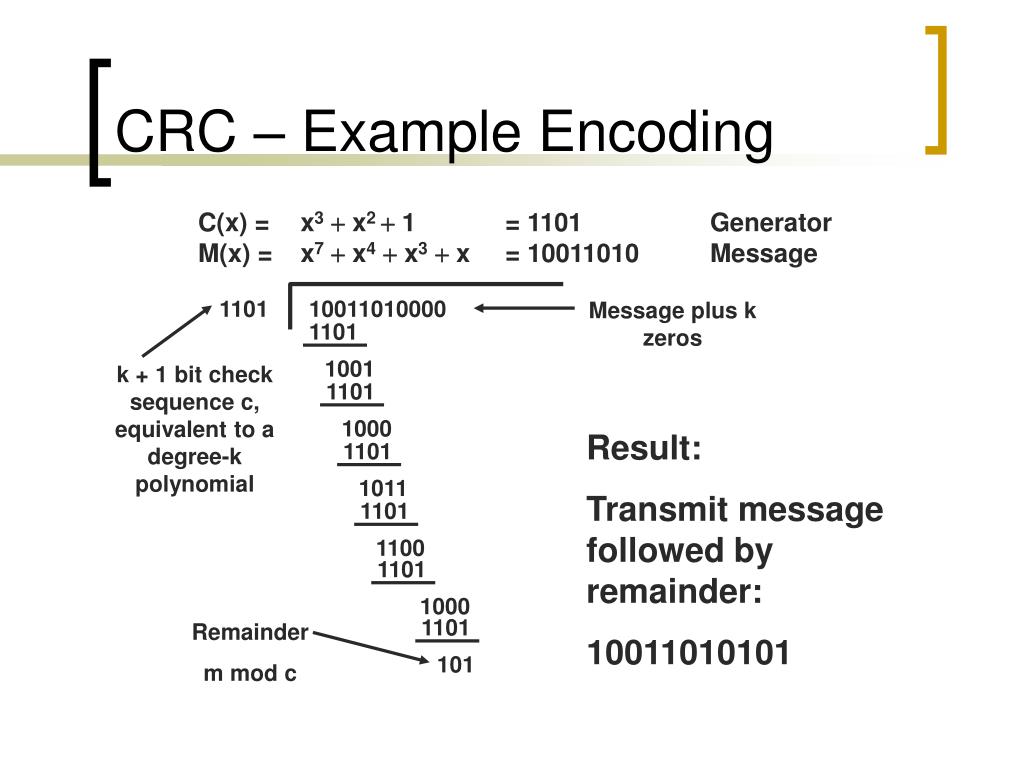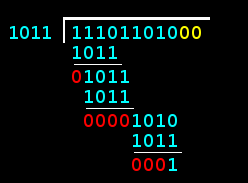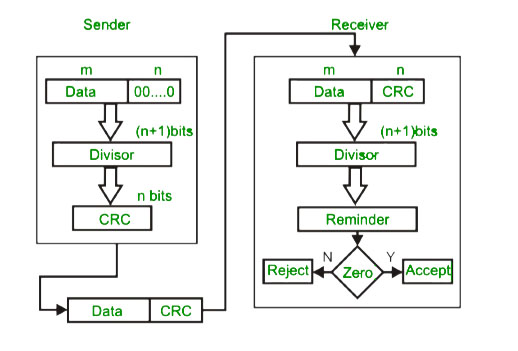

Check if the calculated checksum result is 0 ģ. The first part is regarded as a 16-bit number composition, and the binary inverse codes are sequentially summed, including a checksum field Ģ. When receiving data, it is relatively simple to calculate the data packet, as follows:ġ. The data to be verified is regarded as a number of 16-bit units, and the binary inverse codes are sequentially summed ģ.

When sending data, in order to calculate the checksum of the packet.
#Checksum calculator 1101 code
Always feel very strange, why use the inverse code and not directly sum? Or is it a complement and it? Because the data in the computer is in the form of complement code! After reading the book to check the information, the following summarizes how this checksum algorithm is specifically implemented.įirst, the IP, ICMP, UDP, and TCP headers all have checksum fields, all of which are 16 bits in size, and the algorithm is basically the same.

Looking at the information, I saw the checksum and the binary inverse of the 16-bit word. I think that something quite simple is not the sum of 16bit data! Recently, when learning the source of the Ping command, I saw that there is an algorithm for checksum. When I look at books related to computer networks frequently, every time I see a checksum about IP or UDP headers, I laugh at it. I found this article to be quite detailed. In order to do a professional course to learn WinSock, I did not understand too much when I saw the checksum.


 0 kommentar(er)
0 kommentar(er)
